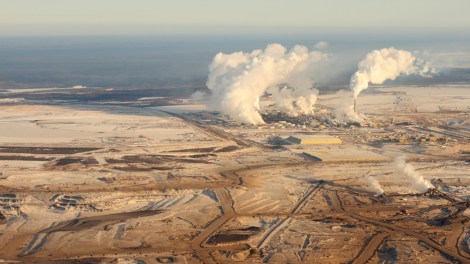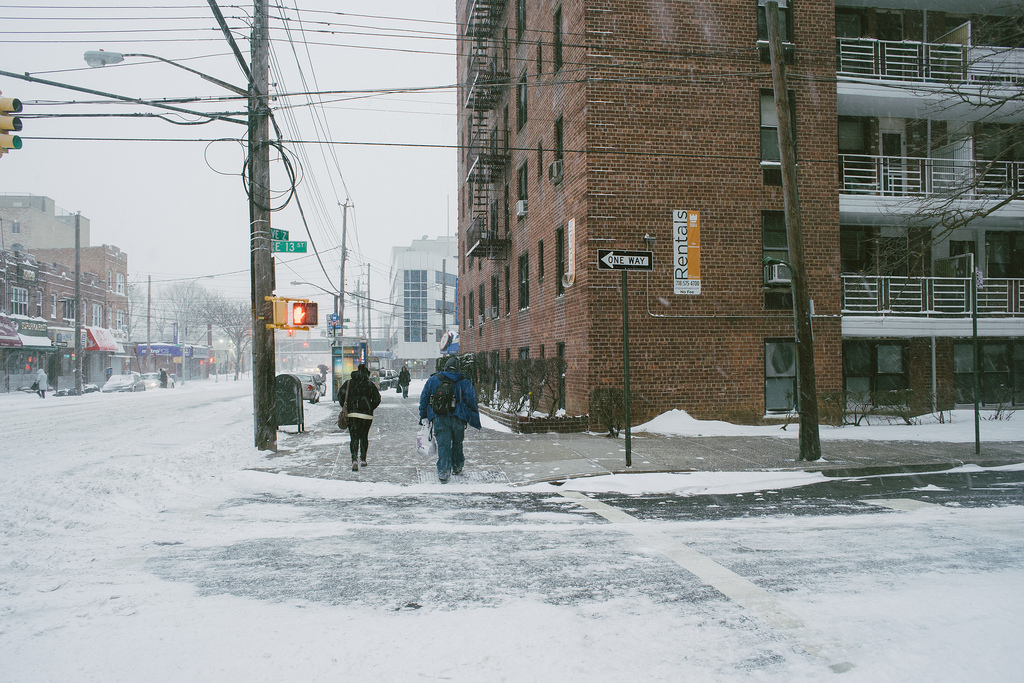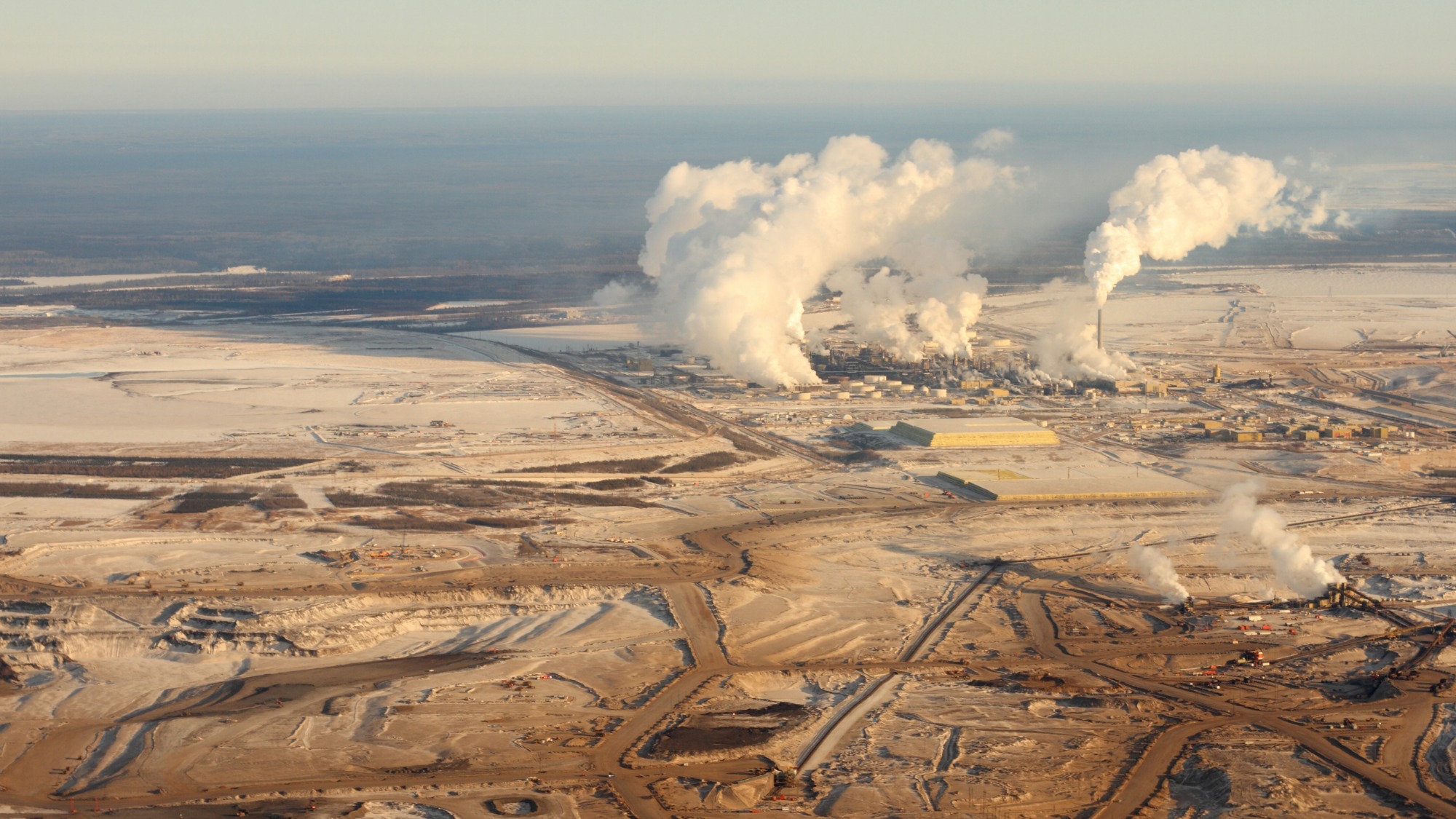
ShutterstockCare for some mercury pollution with your tar-sands carnage?
Drilling for tar-sands oil in Alberta has long been recognized as a driver of climate change, helping to nudge the mercury up in thermometers around the world. Now, it appears that it’s also dousing the Canadian province with straight-up mercury pollution.
Canadian government researchers have discovered that oil-sands operations have puffed out mercury over 4.7 million acres of northeast Alberta, boosting levels to as much as 16 times higher than background levels. Mercury is a potent poison that’s frequently emitted by mining and fossil-fuel burning. It can harm the brains, hearts, kidneys, lungs, and immune systems of children and adults alike.
The federal scientists stress the mercury loadings around the oilsands are low compared to the contamination seen in many parts of North America, including southern Ontario and southern Quebec.
But they say the mercury is “the No. 1 concern” when it comes to the metal toxins generated by oilsands operations. It is also a major worry for aboriginal and environmental groups concerned about the oilsands’ impact on fishing, hunting and important wildlife staging areas downstream of the oilsands.
Environment Canada scientists are sampling everything from snow to lichens to bird eggs as part of the federal-provincial joint oilsands monitoring program.
Allowing the Keystone XL pipeline to be built would only boost the worldwide market for the volatile spoils of Alberta’s oil boom, making the mercury pollution problem all that much worse.



